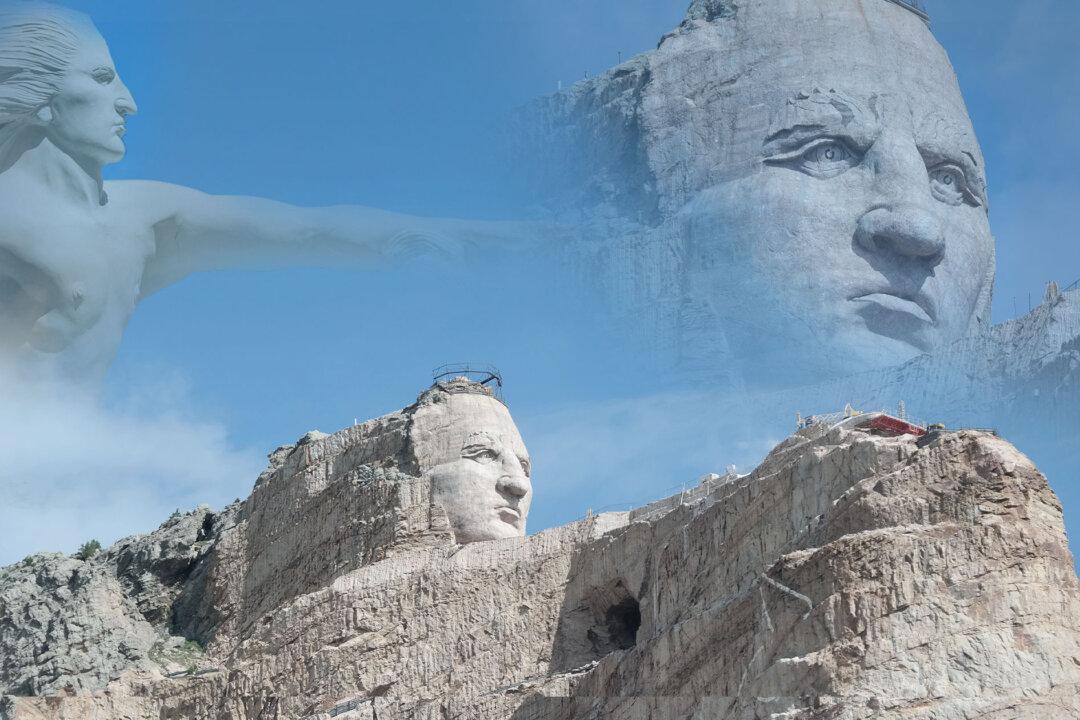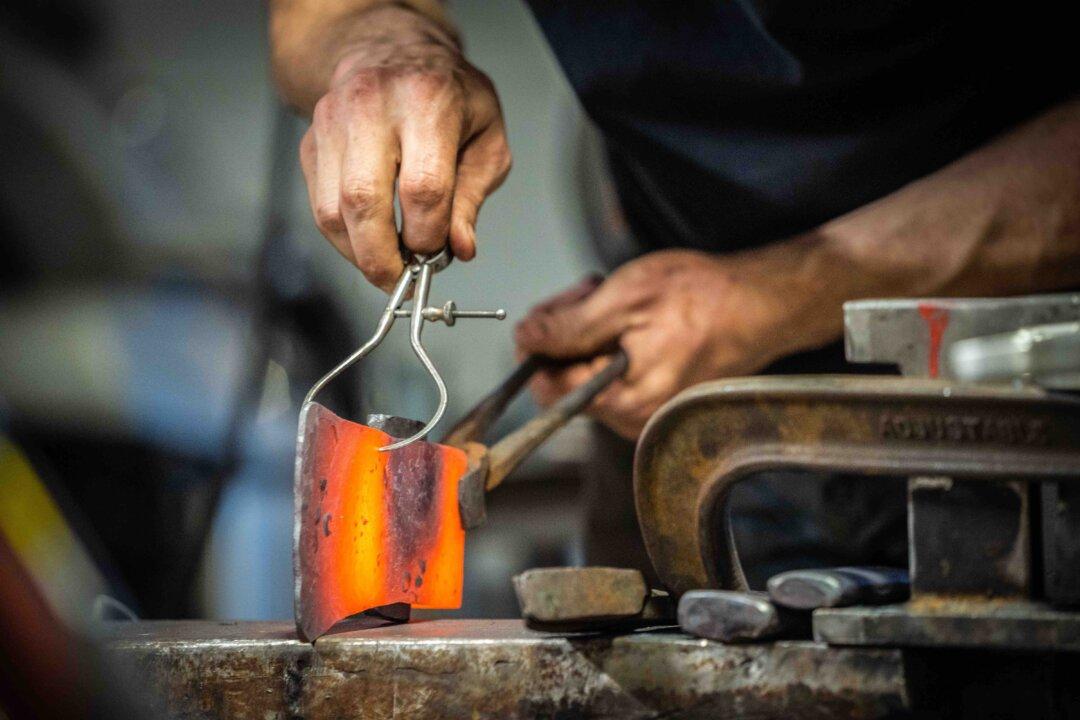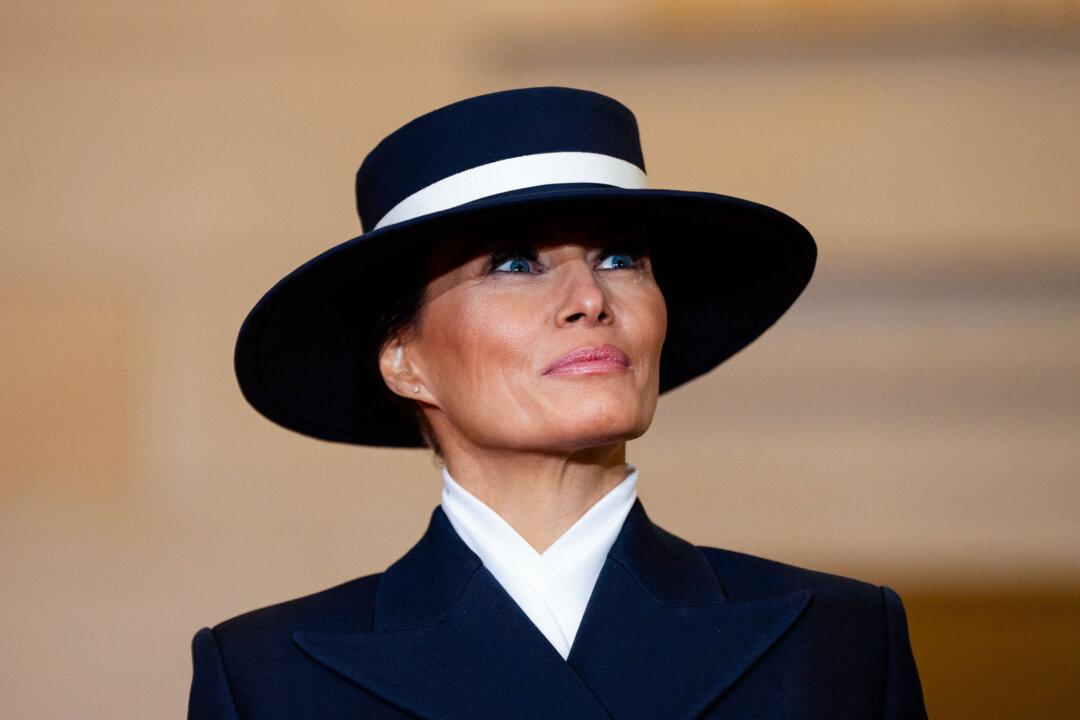Almost everyone has heard of Mount Rushmore. But far fewer know that just 8 miles away, work is now taking place on the world’s largest sculpture—orders of magnitude larger than that homage to American presidents. The carving is called Crazy Horse, and its roots are a world apart from modern-day politics. It’s so enormous that if you were to pile the four presidential heads of Mount Rushmore on top of one another, they wouldn’t even reach halfway up the colossal work in progress.
This memorial is truly epic. Its carving began 75 years ago and was sparked by an unlikely friendship. Chief Henry Standing Bear, a local Native American, was a legendary character in Native culture; this visionary Lakota Indian, a great public speaker and thinker, was passionate about finding new ways of preserving his people’s history and tradition. But it was his cousin, a war hero by the name of Crazy Horse, who was revered by the Lakota as a truly iconic warrior.






